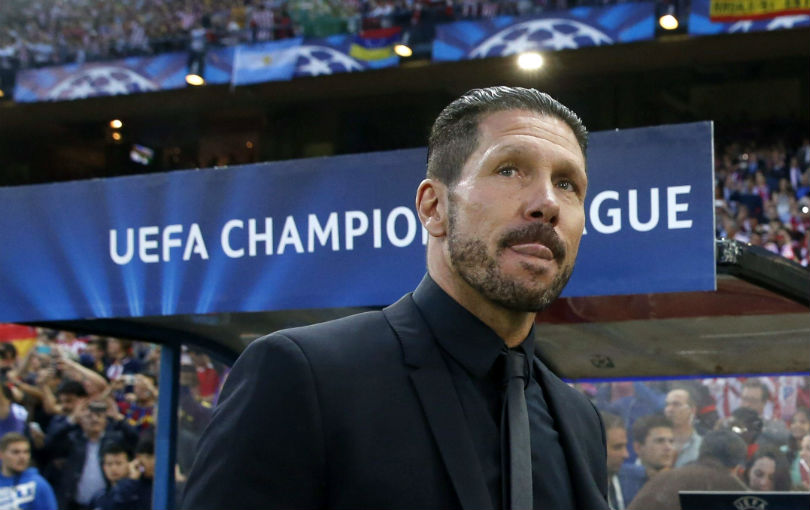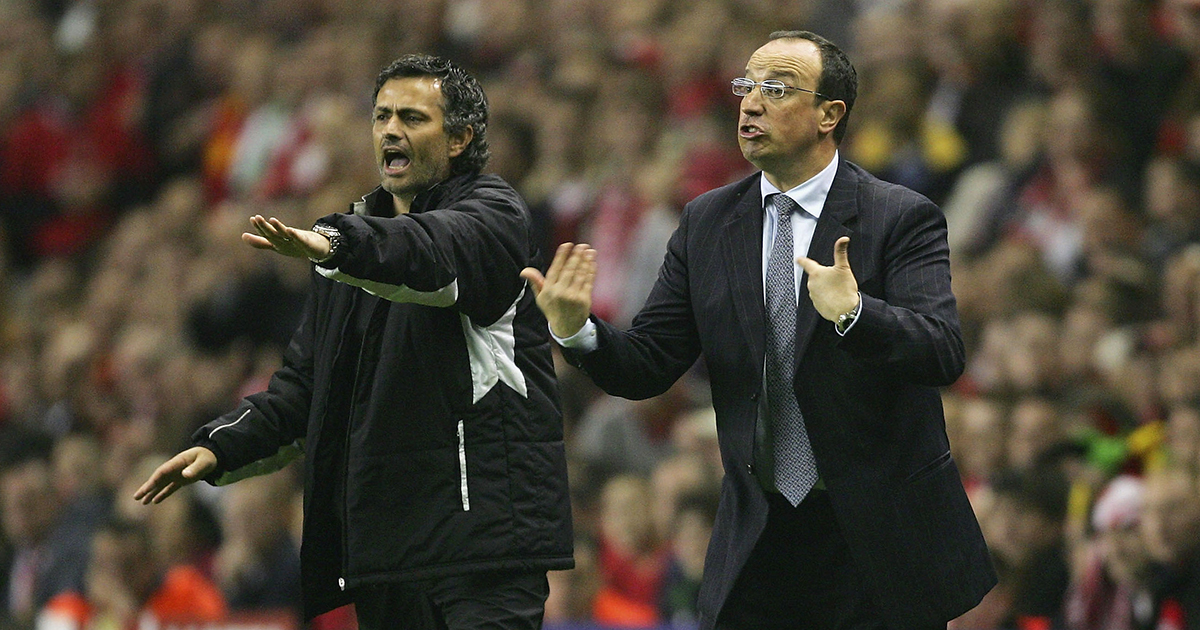
Staying compact, eh? “Some analysts are very objective, some are very subjective. But in the first half an hour, he had a point.”
Even when Erik ten Hag was hitting back at Jamie Carragher’s Monday Night Football analysis after a defeat to Fulham, he had to admit the Sky Sports pundit had a point.
Carragher exposed an issue particularly prickly to some coaches, in Manchester United's lack of compactness – but why was it such a problem? Here’s your tactical explainer, as FourFourTwo looks to educate on another football term for your dictionary.
What is compactness or staying compact in football?
In simple terms, to be compact means to deny the opposition space. Whether a coach has set their team up in a mid or low block, for it to be effective, a team must be compact. This means the space between defensive lines must be as tight as possible when out of possession.
This should, in theory, not allow the opposition to play through the lines comfortably and make things awkward for the team with the ball. Keeping the distance short between players is critical.
In the clip above, the team in black are staying compact to prevent the team in sky blue from finding space to pass between the lines.
It also can refer to the width of the defensive line. For example a standard back four in a low block, normally aims to be as narrow as possible, staying compact to force the opposition on the outside of their defence.
When teams are tighter and focused on denying space at the back, it is also much harder for their opponents to work overloads to create chances. It may sound basic, but for a team to become compact through second nature can take hours of work on the training pitch.
Building strong connections both in defence and midfield are needed for this. Having similar personnel for consecutive seasons can help, but it isn’t easy. In reality, like anything worth doing in life it takes time and practice to master the art of being compact.
Which teams are the best at being compact?

When we think of compactness, we often picture defensive midfielders camped in front of their box – but it was Arrigo Sacchi's Milan side of the 90s who popularised the idea of compactness with a high line, looking to play the offside trap. Since then, plenty of high-pressing and gegenpressing teams have looked to remain compact when defending high, using cover shadows and zonal marking to mark the space between players.
The modern-day masters are Diego Simeone’s Atletico Madrid. If you ever want to teach a team how to be compact, ply them with footage of the 2020/21 La Liga Champions.
Simeone usually has hit team perfectly compact in a deep-lying 4-4-2 system, looking to exploit the counter-attack with pace and agility up front. But Atletico’s defence and midfield are in perfect harmony when it comes to not allowing the opposition any space in front of them.
This often meant the opposition would become over-reliant on crosses into the box to force opportunities. But go back a few years when the aerially dominant Diego Godin and Stefan Savic were marshalling the defence and even the best teams in Europe would have a hard time scoring.

Elsewhere, Jose Mourinho and Rafael Benitez made sure their Chelsea and Liverpool sides of the 2000s were extremely compact and disciplined. When facing either in the latter stages of the Champions League during this period, it felt like coming up against the immovable object.
But at every level of the game, successful teams will always be looking to deny the opposition as much room to play as possible. To lack compactness in defence can undermine the rest of the gameplan.
This the exact reason Ten Hag was so tetchy when Carragher pointed out United’s problem against Fulham. If you’re not relatively compact without the ball, you’re not organised. And if to be not organised is the cardinal sin for any coach.







